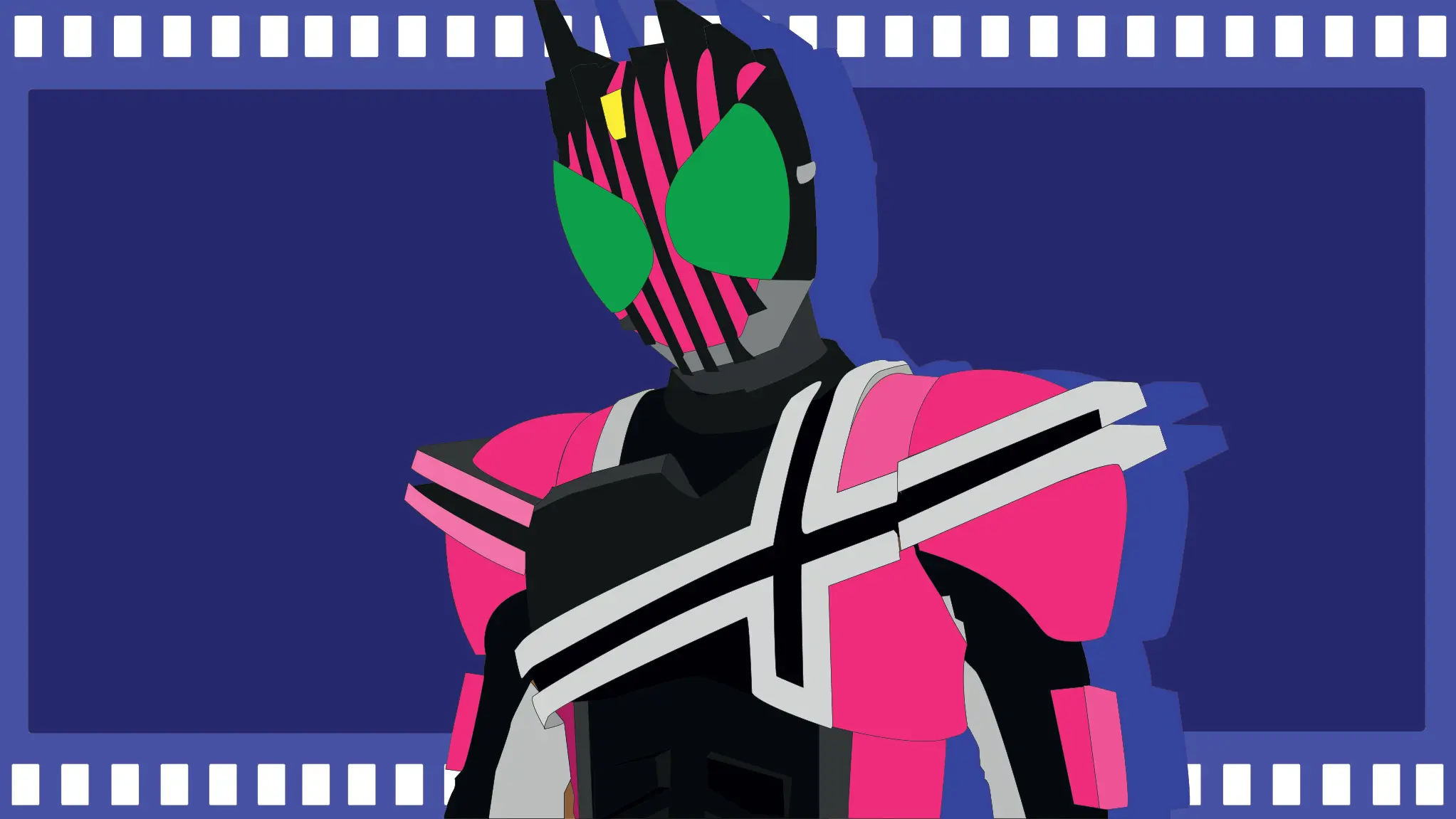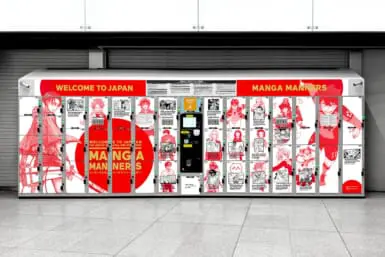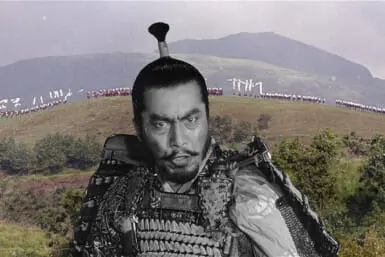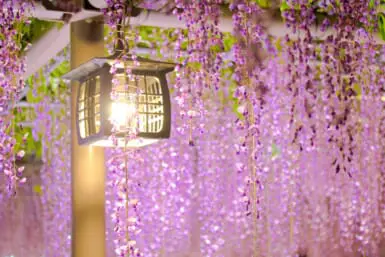In March, the Oxford English Dictionary (OED) was expanded with the addition of 23 Japanese words. Not being able to use terms like “onigiri” anymore was undoubtedly hard on Japan (that’s what adding things to the OED does, right?) but their loss was the west’s gain as they finally got the rights to “tokusatsu,” meaning “a live-action movie or a television program that makes heavy use of practical special effects.” Weirdly, though, those 15 words fail to fully capture every nuance of a term that has been in use in Japan since 1958, but there is a way to address that. If you want to understand what tokusatsu is all about, simply watch these five franchises.
5. Kamen Rider
One of the two big “special filming” shows (the literal meaning of “tokusatsu”), Kamen Rider is a media franchise that has become the face of tokusatsu in Japan. It’s kind of ironic, really, given that “kamen” means “mask,” which is also what the TV shows are all about: superhero stories about masked individuals fighting evil with their super abilities that they acquired through all sorts of means. Some were made into cyborgs while others made pacts with monsters or demons or just…died (and then thankfully got better).
The franchise kicked off in 1971 and is still airing on TV, with the earlier shows having various degrees of overlap but most of them being stand-alone productions set in their own easily-accessible universes. Whether you like trains, horror, spy stories, video games, or what have you, there probably is a Kamen Rider series out there with a theme that will appeal to you. The newer shows employ a lot of CGI but never forget their roots and earn that tokusatsu label with plenty of practical effects like motorcycle stunts and pyrotechnics.
4. Super Sentai
Super Sentai is the other of the two big tokusatsu shows. While Kamen Rider focuses primarily on a singular character taking on aliens, terrorists and other human-sized enemies, Super Sentai is always a team of color-coded costumed superheroes taking down giant, rubber-suit monsters in futuristic vehicles that combine into huge robots. Yes, it’s just like Power Rangers. Because the two are one and the same.
The original Mighty Morphin Power Rangers didn’t actually film a single fight scene. Instead, it copy-pasted and dubbed over action sequences from the Kyoryu Sentai Zyuranger (1992) Super Sentai show. As with Kamen Rider, every incarnation of Super Sentai is its own thing, like how Zyuranger was the story of “humans” who evolved from dinosaurs, while, say, Kousoku Sentai Turboranger was about regular humans powered by fairy magic. Interestingly, Super Sentai didn’t originally use giant robots but later picked up the idea after it was popularized by the Japanese Spider-Man tokusatsu show, where Spidey pilots a giant mech and gets his powers from the blood of an alien from Planet Spider.
3. Toei Fushigi Comedy Series
While both Kamen Rider and Super Sentai have their lighthearted moments and are primarily aimed at younger audiences, they are also action shows that tend to pick up a lot of older viewers. Toei Fushigi Comedy Series, on the other hand, was more focused on gags and comedy throughout its different shows about cute robots, kids going on weird adventures and PG-rated mysteries.
It all started in 1982 with Robot 8-Chan, a tokusatsu show about an egg-shaped robot who mysteriously appears in town one day and then spends his time lazing about a robot repair shop while being hunted by the government. It was a bit like Alf or Small Wonder, which, if you want to get technical, could be called “American tokusatsu.” The British equivalent would probably be the original Doctor Who or something. In any case, Toei Fushigi Comedy Series, which concluded in 1993, is a good reminder that tokusatsu isn’t all martial arts and robot battles.
2. Yokai Monsters
At the other end of the tokusatsu spectrum from Toei Fushigi Comedy Series is the Yokai Monsters trilogy of Japanese horror films. Consisting of Yokai Monsters: 100 Monsters (1968), Yokai Monsters: Spook Warfare (1968), and Yokai Monsters: Along with Ghosts (1969), the movies were unconnected outside of sharing screenwriter Tetsuro Yoshida and the fact that they featured an impressive gallery of practical-effect yokai, i.e. supernatural creatures from Japanese myths and legends. The movies’ monster ensemble includes the likes of kappa (water imps), rokurokubi (a woman with an impossibly long neck) and kasa-obake (haunted umbrellas). While fine examples of Japanese horror, Yokai Monsters also presents an interesting question: given the totally different tones and themes between the trilogy and the other entries, is tokusatsu a genre, a medium, or a stagecraft? Figuring the answer to that has been left as an exercise for the readers.
1. Ultraman
Technically speaking, most Godzilla movies are tokusatsu. The newer ones probably don’t count, since the kaiju are all computer generated. The early ones, however, featuring people in costumes made from ready-mixed concrete because rubber was hard to get in Japan in the 1950s), are tokusatsu. But if we’re talking about kaiju as a tokusatsu subgroup, there is another franchise with a much more impressive gallery of giant monsters, many of which are still brought to life through costumes instead of CGI: Ultraman.
Starring a series of bio-metallic hero aliens who can merge with humans and become giant defenders of the Earth when monsters attack, Ultraman has been on TV since 1966. And while its 2022 incarnation, Shin Ultraman — written and directed by Evangelion’s Hideaki Anno — was mostly CGI, all of its previous series relied heavily on good-old rubber, spandex and make-up to bring its many creative villains to life. According to an Ultraman compendium from 2019, “many” here means “close to 2,000.”









